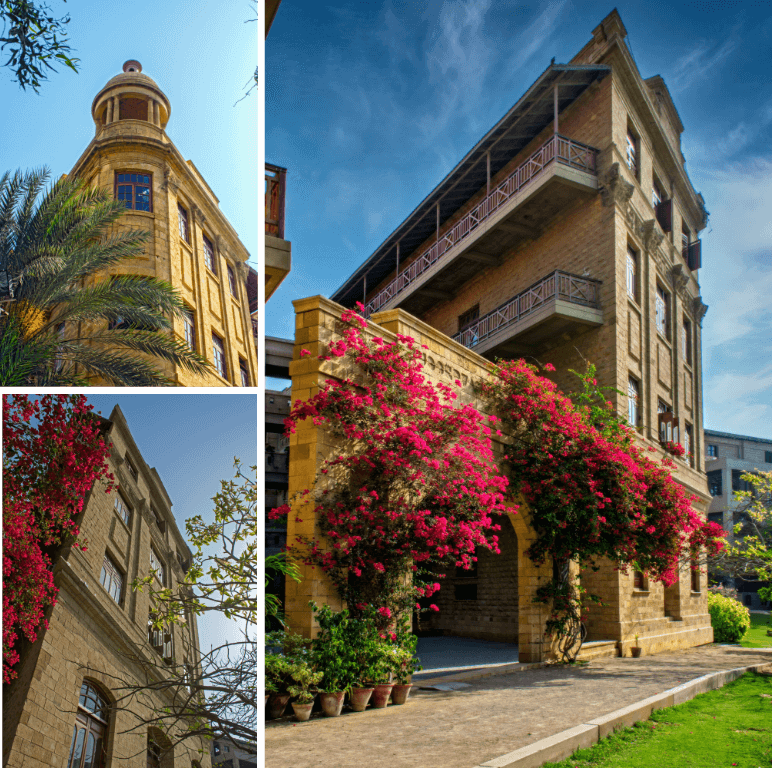Um e Aimun
Thesis Title:
The Parasite-Host Relationship: Abandonment and Regeneration of the Urban Space
Project Title:
Urban Green Corridor (Karachi Circular Railway Station)
Location:
Liaquatabad KCR Station, Federal B Area, Karachi
User Group:
Neighourhood Residents, KCR Passengers (Students, Business Commuters and Tourists)
This thesis explores symbiotic associations existing between the host and parasite whereby both entities co-exist over a prolonged period, and the parasite potentially saves the host from extinction. This architecturally translates to an existing building/environment (host) and the added intervention (parasite). When considering urban regeneration, the parasitic system provides transformational strategies that respond to specific host environments. Identifying the ‘fertile breeding ground for Parasite’ as a rupture that exists between the existing and desired systems; the abandoned transport infrastructure of Karachi Circular Railway (Liaquatabad KCR Station) became the host. Keeping in mind the revival plans, distinctive site vegetation, and transverse connectivity across the mixed-use neighborhood - the parasite as an intervention introduces an embedded ecosystem within the existing infrastructure that allows for interactions at the human, environmental and communal level.


Um e Aimun
Architecture
Thesis Title:
The Parasite-Host Relationship: Abandonment and Regeneration of the Urban Space
Project Title:
Urban Green Corridor (Karachi Circular Railway Station)
Location:
Liaquatabad KCR Station, Federal B Area, Karachi
User Group:
Neighourhood Residents, KCR Passengers (Students, Business Commuters and Tourists)
This thesis explores symbiotic associations existing between the host and parasite whereby both entities co-exist over a prolonged period, and the parasite potentially saves the host from extinction. This architecturally translates to an existing building/environment (host) and the added intervention (parasite). When considering urban regeneration, the parasitic system provides transformational strategies that respond to specific host environments. Identifying the ‘fertile breeding ground for Parasite’ as a rupture that exists between the existing and desired systems; the abandoned transport infrastructure of Karachi Circular Railway (Liaquatabad KCR Station) became the host. Keeping in mind the revival plans, distinctive site vegetation, and transverse connectivity across the mixed-use neighborhood - the parasite as an intervention introduces an embedded ecosystem within the existing infrastructure that allows for interactions at the human, environmental and communal level.
Parti diagram: The urban fabric has been stitched to allow for various transverse as well as longitudinal connections across the site
Exploded Axonometric of the train station canopy structure that has been added to shade the existing platform.
'Ecology as parasite': Habitat diversification becomes a key factor in promoting a biodiverse green corridor as the primary factor within the regeneration of the otherwise abandoned urban space.
Interior view of the Train Station showcases the light-filled canopy spreading across the platform
Masterplan - The linear nature of the site is used to create a green urban corridor and regeneration of the abandoned KCR Train Station. Transverse connections built in key areas connect two different parts of the diverse mixed-use urban fabric through pathways and bridges and celebratory nodes.
Blowup detail of Train Station Canopy Section.
Transverse section through the Train Station Canopy shows how a pedestrian bridge serves as a connector between bazaar spill out spaces originating from the train station.
Interior view of the train station canopy as experienced through the platform.














